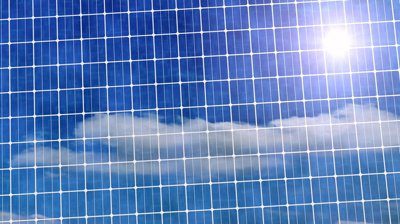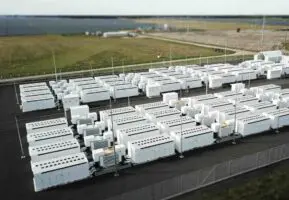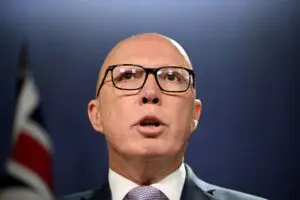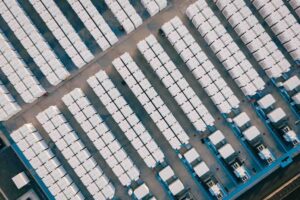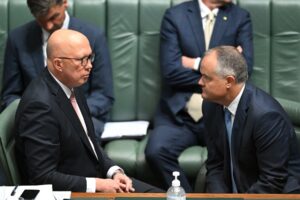“When the urgency for change is so clear and the potential benefits of renewable energy are so large, why doesn’t the transition occur at the necessary pace and scale?”
It’s a question that many people ask of themselves and each other, and struggle to find an answer. The energy efficiency sector has been pondering this question for years, and concluded that most companies are just too damn lazy to act.
Now, the International Energy Agency has asked itself this question, and used the response to launch a new initiative to hasten the take-up of renewables, and remove the barriers that have so far impeded its deployment.
The IEA on Tuesday formally launched a new program dubbed as ACTION, containing the policy initiatives to ensure that renewables are deployed at the rate required, which the IEA believes is very rapidly, considering that its “carbon budget” will not allow for new fossil fuel development beyond 2017 unless dramatic action is taken soon to reduce emissions, or at least conserve energy use through efficiency measures.
Most of the ACTION program is pretty mundane – but one section on the barriers and challenges facing renewables is revealing – particularly coming from a conservative body such as the IEA, which was created in the 1970s to defend the western world’s access to oil, coal and gas, but has since evolved as a champion for low carbon energy development.
The first problem is about the perception of costs. The perception remains that renewable energy is more expensive than fossil fuels, an impression anyone can gather by reading mainstream news media or listening to the radio, or the ingrained rhetoric of Anglo-Saxon Conservatives in particular.
But, says the IEA, this perception is wrong, as even Australia’s own Bureau of Resources Economics and Energy has conceded. Some renewable energy technologies are already cost-competitive with fossil fuels, the IEA says, and many others would currently be so if existing subsidies for fossil fuels were eliminated, and external costs of energy production and use (including climate change, other environmental and health impacts) were included in the price.
And, the IEA points out, the high up-front costs that are associated with most renewable energy technologies are offset by lower operating costs and reduced price risk for producers and consumers. The sooner massive deployment occurs, the more (cost-) efficient the transition will be.
Perception about costs is one thing – real barriers is another altogether.
The IEA says most of the barriers and challenges are linked to the fact that modern renewable energy technologies are still developing compared to today’s more mature fossil and nuclear energy technologies, and to the fact that current regulations and infrastructure were established to support the existing energy system.
“Renewables also face opposition from entrenched and vested interests, which take advantage of their significant market power and political influence to safeguard their positions,” it notes, addressing the “regulatory capture” that has been identified by Professors Ross Garnaut in Australia and by others elsewhere. “Policy makers must find ways to avoid further lock-in to existing infrastructure and technologies, and to overcome the natural inertia against change.”
Of course, none of this is particularly new. Such statements are common in the renewable sector, and a regular refrain among many independent analysts, environmentalists, and the Greens – and are largely dismissed by much mainstream media as the slightly balmy ravings of the green lobby. It is rare, but instructive, that such conclusions are drawn by conservative organisations such as the IEA.
The IEA notes, however, – as so many polls have revealed – that the public generally has a positive attitude to renewables – something that has accelerated since the oil price volatility intensified by the “Arab Spring”, the Fukushima nuclear disaster in Japan, major oil spills and other environmental disasters, which the IEA says “have further highlighted the costs and risks of the current energy system, adding new drivers for renewable energy.”
On the other hand, shale gas discoveries in the United States and elsewhere have reduced natural gas prices and postponed the perceived urgency of developing fossil fuel alternatives. “Recent developments have changed the scene, sometimes – but not always – in a direction that is favorable to renewable energy.” This includes the international economic crisis, which has reduced the amount of financing available for renewable energy from traditional sources.
In a conclusion that has particular relevance for Australia – particularly given the massive push back against the renewable energy target (having more renewables than expected is now branded as a costly and pointless exercise by the vested interests and their cheerleaders in the Conservatives and Labor right) – the IEA says governments need to deliver significantly stronger policies to support renewable and improve efficiency, combined with aggressive targets and timetables, and a rapid shift away from direct and indirect support for fossil fuels.
It says policy makers need to adjust existing policies and create innovative new ones to take advantage of possible new financing sources —including pension funds, sovereign wealth funds, insurance funds, private investors, cooperatives, wealthy companies that want to expand into in “green” options, and even recent inventions like “crowd funding”. “Now that obligations or bonds are less secure than they once were, such investors are looking for alternative ways to securely invest their money, and renewable energy offers such an option. “
Those policies include rebatesand other investment incentives, feed-in-tariffs and obligatory renewable shares, clear and simple permitting procedures, low-interest loans, and revolving public funds. “A combination of policies is generally required, and the needs will differ from one region or country to another. The overarching factors for success include stability, predictability and clarity for stakeholders,“ it says.

